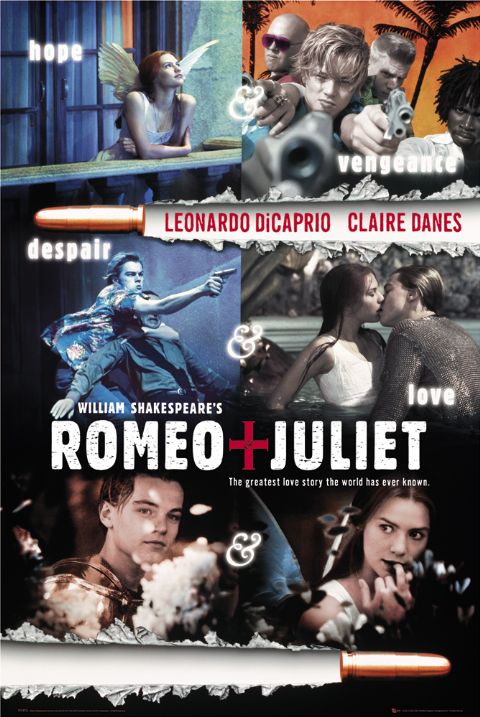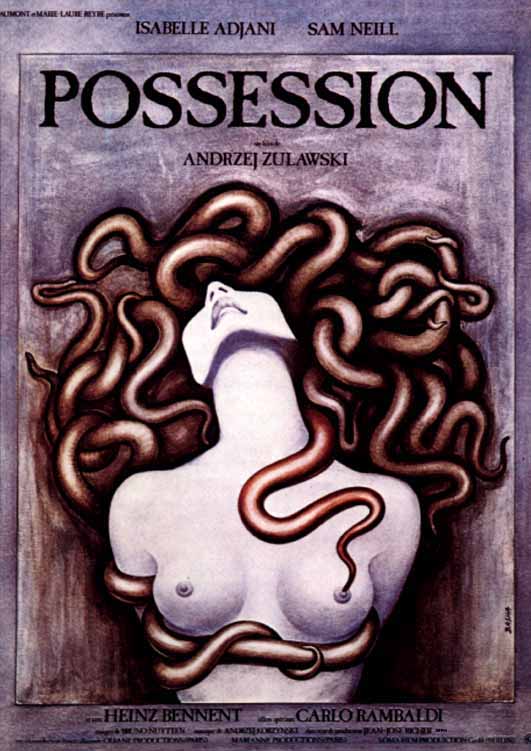The Supplement of Coppola: Primitive Accumulation and the Godfather Trilogy
by
Carl Freedman
Originally published in
Film International #49 (2011): 8-41.
...
The first words uttered in The Godfather are, “I believe in America.” It is an audacious opening scene in several respects. The initial line is spoken over a completely dark screen. Then the light comes up to reveal, in extreme close-up, the speaker: a homely, nondescript middle-aged man who (as we will soon learn) is the undertaker Bonasera (Salvatore Corsitto). As the camera gradually zooms out from close-up to middle distance, Bonasera continues to talk, though it remains unclear for a brief while to whom he is speaking. He tells the story of his beautiful daughter, who had acquired a boyfriend, one not, as Bonasera is careful to make clear, of Italian background. While out on a drive with the boyfriend and another male friend, she found that she was expected to provide sexual favors to both boys; and, when she refused, they beat her viciously, disfiguring her for life (“Now she will never be beautiful again,” sobs Bonasera). Her father, “like a good American,” duly reported the crime to the police, and the boys were arrested, indicted, tried, and convicted—but given a suspended sentence. “Suspended the sentence!” says the undertaker in incredulity and disgust that the judge could have punished such a vile crime so lightly. Now he has come to the local crime boss, Don Vito Corleone, for justice. After some preliminary conversation between Bonasera and Corleone during which the camera remains behind the Don’s right shoulder, the angle of the shot reverses, and reveals, in a sumptuously lit medium close-up, Marlon Brando in his greatest role. Don Corleone chides and humiliates Bonasera for never having sought his friendship before; but he does finally agree to see to it that the two boys will be made to suffer (though not killed, as he judges that too harsh a punishment, since the undertaker’s daughter is still alive). Throughout most of the scene, Brando has been gently caressing a small cat that is squirming and playing in his lap.
Given the centrality of Bonasera and his story to this opening scene, the first-time viewer might well suppose, at this point, that the undertaker is to be one of the principal characters of The Godfather and that the story of his daughter and her attackers is to become one of the film’s main narrative strands. Such is not the case. In the nearly three hours (actually 175 minutes) of the film, Bonasera makes only one more, quite brief appearance, and the daughter and the attackers are never heard of again. It is, nonetheless, a sound cinematic strategy that leads Coppola to begin The Godfather as he does: for it is part and parcel of the film’s epic sweep that some of its major concerns can be introduced with a scene that is, at most, tangential to the main action. Precisely because the scene is of little intrinsic narrative significance, it helps to highlight how omnipresent and thematically important are the motifs that it introduces.
The most foregrounded of these motifs, the one announced in the first line of dialogue, is the theme of America and, more narrowly, the ambiguities of the American immigrant’s lifeworld. In his second line, Bonasera (whose first name is never mentioned in the film but is significantly given as Amerigo in Mario Puzo’s 1969 novel, The Godfather, on which the film is based) adds, “America has made my fortune.” The bourgeois commercial society of the United States has enabled him to become an evidently prosperous small businessman (he is wearing a well-tailored suit), whereas he would, perhaps, have been doing well to avoid starvation back in Italy. His belief in America has led him to raise his daughter “in the American fashion,” allowing her more freedom than would have been considered appropriate in the old country, and trusting, at first, to the institutionalized American system of law and justice. When this system fails him, he must turn to a much older and more personal kind of authority, one that derives from the almost pre-capitalist regime of rural Sicily that will be explored in detail in The Godfather, Part II (1974; hereafter referred to as The Godfather II). When Don Corleone chastises the undertaker, he does so not only for Bonasera’s prior aloofness to him personally but also for the naïve overinvestment in his adopted land that has led Bonasera to trust the American police and the American courts in the first place. “You found paradise in America,” says the Don sarcastically.
Yet there is a certain unconscious irony in Don Corleone’s sarcasm. It is, after all, he himself who has more triumphantly “found paradise in America” (after rising from beginnings that one would guess, in this film, to be unpromising and that are clearly shown, in The Godfather II, to be, indeed, about as unpromising as can easily be imagined). Amerigo Bonasera is a relatively affluent petty-bourgeois, but Vito Corleone is a member of the real ruling class: a man of immense wealth and power, who famously keeps judges and politicians in his pocket, and who, as we will soon see, is capable of winning a battle of will against one of the richest, most influential, and most determined studio bosses in Hollywood. Nonetheless, as an Italian immigrant, Don Corleone remains, like Bonasera, only ambiguously American. One suspects that the non-Italian boyfriend of Bonasera’s daughter has walked free at least in part because of a more unequivocally American identity (and in Puzo’s novel the judge, indeed, explicitly says that he is extending lenience partly because of the defendants’ “fine families,”5 a phrase that in context almost certainly denotes a WASP background). Likewise, though Vito can afford to put on a spectacular wedding celebration for his daughter on the grounds of his luxurious mansion—several outdoor scenes of the wedding immediately follow the indoor scene with Bonasera in the Don’s study—he must submit to the presence of FBI agents who mar the festivities by snooping around and writing down the license-plate numbers of the guests’ cars. True enough, the FBI’s interest is due to Don Corleone’s being a crime boss rather than an Italian immigrant as such. But, of course, it was his ethnicity and impoverished immigrant status that led him, indeed nearly compelled him, to exercise his skills of leadership and entrepreneurialism in the Mafia rather than, say, in such (then) WASP near-monopolies and “legitimate” enterprises as Wall Street or the CIA.
This ambiguity in the identity of the Italian Catholic immigrant—nominally American and yet not American in the strongest, most unqualified sense—interlocks with an even more important ambiguity concerning the nature of crime itself. What, really, is crime? Or, to put the question another way, what is the relation between the law and the justice that the law is meant to serve? Once again, the opening scene with the Don and Bonasera is exemplary. The judge who allows the attackers of Bonasera’s daughter to go free is almost certainly acting within the letter of the law; but the viewer must agree that the suspended sentence is far from just. Even more ironically, in order to seek the justice that the law has denied, the undertaker must go to a crime boss. Though Don Corleone’s power derives from illegal enterprises, his response to Bonasera—as he decides on corporal but not capital punishment for the two attackers—arguably displays not only a certain moral order but also quasi-judicial sobriety, restraint, and moderation.
The ambiguity that thus complicates any conventional axiological dichotomy between lawfulness and crime is intensified further after Don Corleone dismisses Bonasera and summons another supplicant into his study (there is quite a parade of them, all taking advantage of the Sicilian custom that prohibits one from refusing any favor on the day that one’s daughter is married). This is another successful petty-bourgeois, the baker Nazorine (Vito Scotti), who, like Bonasera, also has a daughter. The US immigration authorities are planning to deport his assistant Enzo (Gabriele Torrei), whom Nazorine wishes to stay in America so that he can marry Nazorine’s daughter and, presumably, eventually take over the family business. The Don promises to take care of things, and, after the baker and Enzo exit, tells Tom Hagen (Robert Duvall), his consigliere and adoptive son, to turn the matter over to “a Jew congressman in another district,” evidently one of the numerous office-holders who do the Don’s bidding. This is the first of many references to the Godfather’s political connections; and it presents us with the irony of a professional lawbreaker who not only gives orders to a professional lawmaker but who at least sometimes, as in the case of Enzo, does so in order to accomplish the right and just, if perhaps not strictly legal, thing. In addition, the overt reference to the unnamed congressman’s Jewishness obliquely announces that the theme of ethnicity is not restricted exclusively to Italian immigrants. The Las Vegas casino owner Moe Greene (Alex Rocco) constitutes a minor Jewish presence in the film; and, in The Godfather II, Hyman Roth (Lee Strasberg)—a powerful Mafia financier based on Meyer Lansky, as Greene is based on Bugsy Siegel—constitutes a major one. Moreover, Tom Hagen’s Irish background is given some importance as well (though less than in Puzo’s novel). The comparative marginalization, in WASP-dominated America, of more recent arrivals of non-WASP ethnicity, is of course unjust according to the universalistic Jeffersonian principles on which the US is officially founded; and so the resulting uncertainty as to whether Italian and Jewish—and even Irish—immigrants are “truly” American is integral to the larger indeterminacy that renders hopelessly fuzzy the officially clear-cut categories of law, justice, and criminality.
It is, then, here, in the opening scenes of The Godfather in Vito’s study, that primitive accumulation makes its first and most deeply allegorical appearance. For primitive accumulation is, after all, the necessary basis of any deconstruction of the binary opposition between legality and criminality as understood in bourgeois society. Capitalist legality attempts to draw an absolutely clear iron line between itself and the criminality to which it opposes itself, so that the legitimacy of private property and the right of contract can be grounded as securely as possible. But the attempt never quite succeeds—the line is always, in fact, a permeable membrane—because capitalist legality is itself based (in its origins but also, as we have seen, to some degree as an ongoing enterprise) on massive crime, on the unilateral abrogation of property and contractual rights as well as on brute physical force. Such is the intrinsic instability—the potential moral, conceptual, and physical anarchy—that afflicts the fundamental presuppositions of capitalist society. And Don Corleone enacts this instability, this tissue of ambiguities, in the calm and shadowy luxury of his study, whose furnishings—the large wooden desk, the Persian carpet, the leather-lined chairs—all bespeak affluent bourgeois solidity even though, or rather precisely because, they are all the fruits of crime.
To Read the Entire Essay










.jpg)






